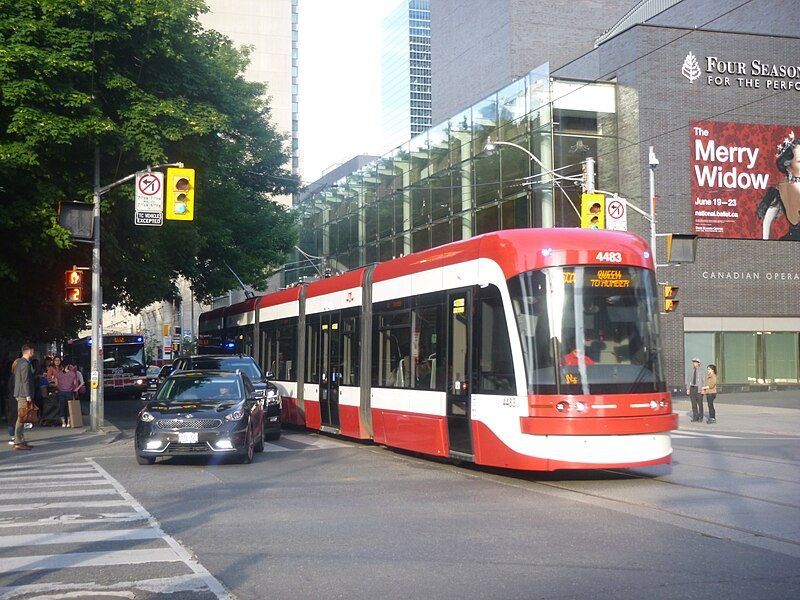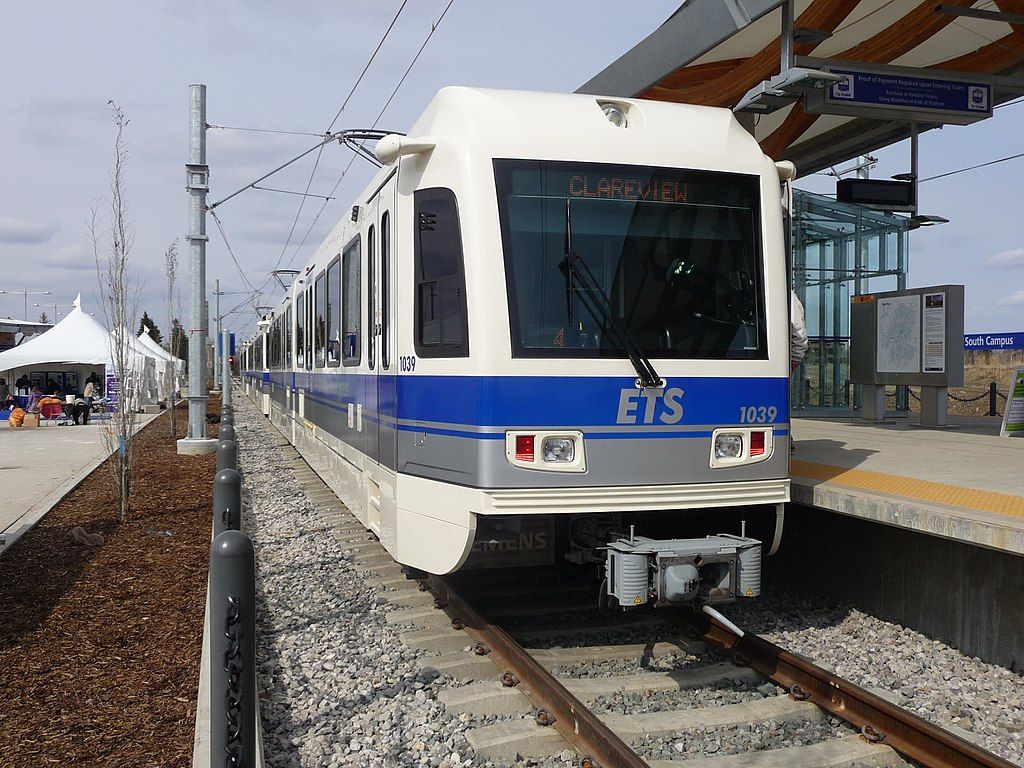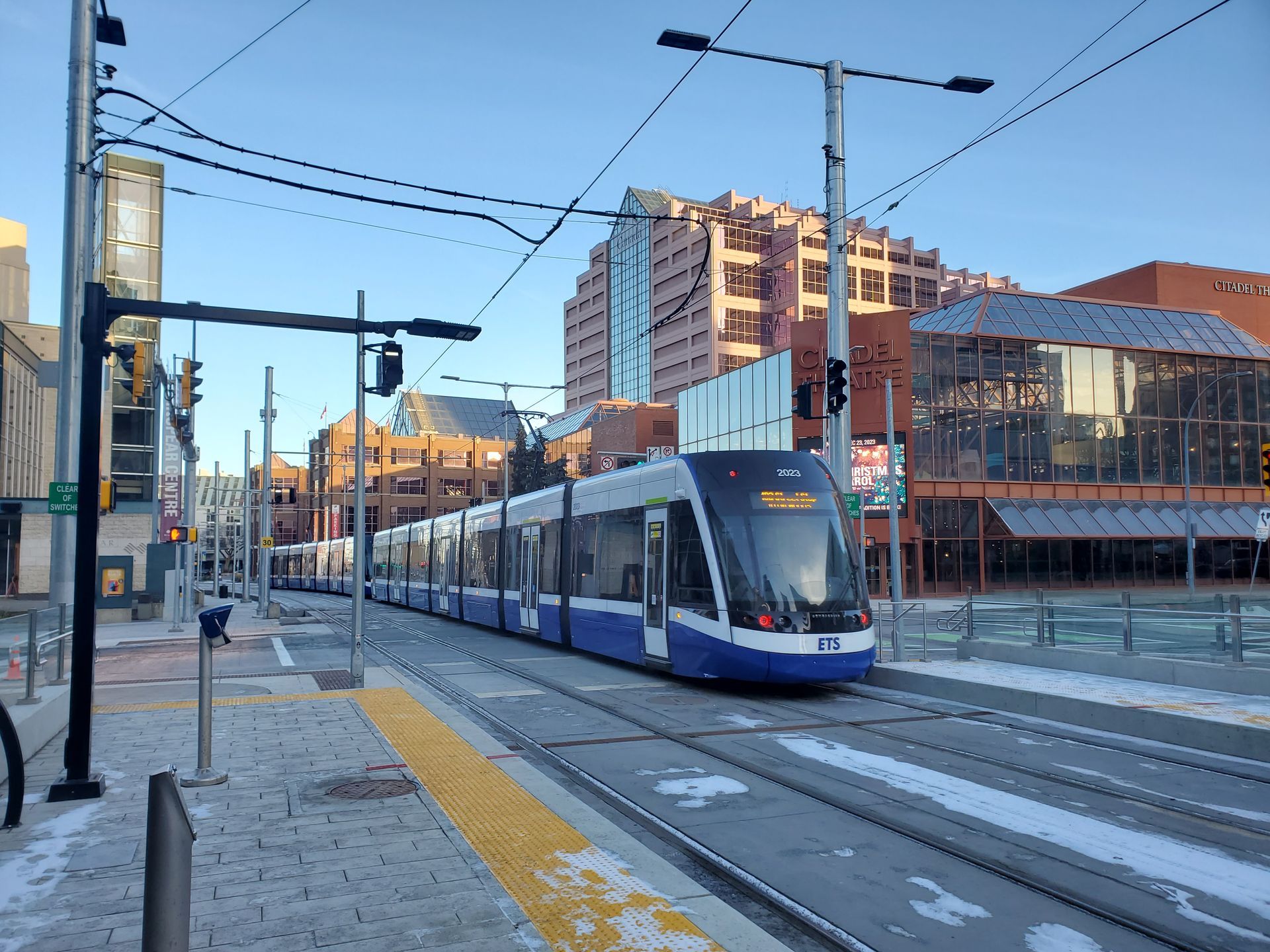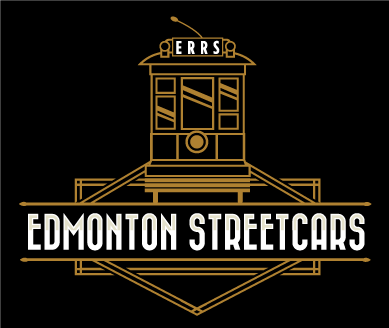
STREETCARS Vs LRT
Streetcars
Streetcars are often considered a mode of transit from a bygone era, but this is not entirely true. Although electric streetcars did have a heyday stretching roughly from the 1890s to the 1950s, and many cities now have heritage lines, cities continue to operate and build modern streetcar lines. Toronto was the only city in Canada to modernize its streetcar system instead of removing it.
Many modern streetcar lines use new rolling stock that are not very different from urban LRT rolling stock. However, they are distinct from high-floor and low-floor LRT (discussed below) in how they are constructed and run.
Streetcar lines typically share the road with other vehicles, their stops are at intervals of 200 meters (roughly every two blocks), and their rolling stock is rarely coupled together to form trains.
High-floor LRT
Edmonton's Capital Line and Metro Line are examples of high-floor LRT design. They are characterized by high-floor rolling stock that requires specialized platforms for the loading and unloading of passengers. These lines require greater infrastructural investments (e.g. big stations) than streetcars or low-floor LRT lines. Because of this, stops are typically spaced further apart than streetcar or low-floor LRT stops. Stations are often 600 meters apart.
Low-floor LRT
The Valley Line is Edmonton's only low-floor LRT line. Low-Floor LRT is very different from high-floor LRT because it fits better into neighbourhoods. Low-floor stops do not need to be elaborate stations. They can be as simple (and inexpensive) as a raised curb and standard bus shelter.
It can be difficult to spot the differences between modern streetcar services, and low-floor LRT. The space between stops may be similar, but how they travel between stops will be different. Low-floor LRT lines will typically have reserved right-of-ways, priority at intersections, and not operate in mixed traffic. Low-floor LRT cars are also more likely than streetcars to be coupled together for more capacity. Essentially, low-floor LRT lines have the potential to operate faster than streetcar lines.
Conclusion
In the end, the differences between streetcars and high-floor LRT lines are drastic, but the differences between streetcar lines and low-floor LRT are more subtle. Some systems may even be a hybrid of both options.
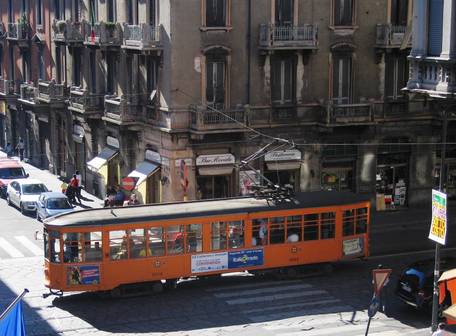
The Edmonton Radial Railway Society operates on Treaty 6 territory, a traditional meeting grounds, gathering place, and travelling route to the Cree, Saulteaux, Blackfoot, Métis, Dene and Nakota Sioux. We acknowledge all the many First Nations, Métis, and Inuit whose footsteps have marked these lands for centuries.


